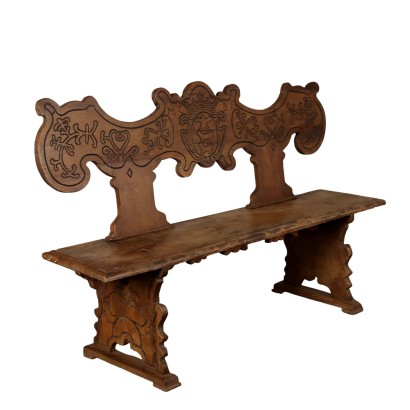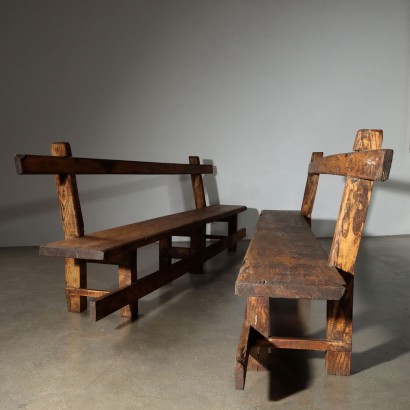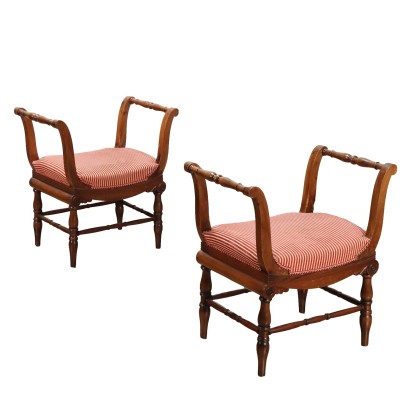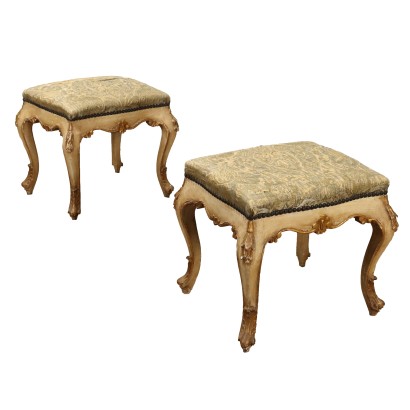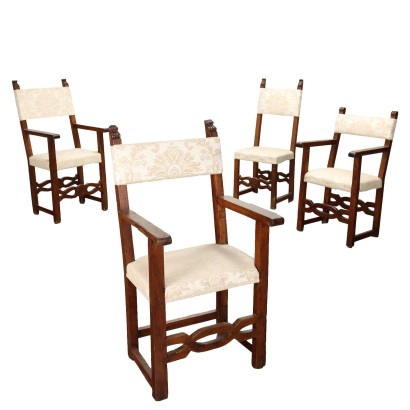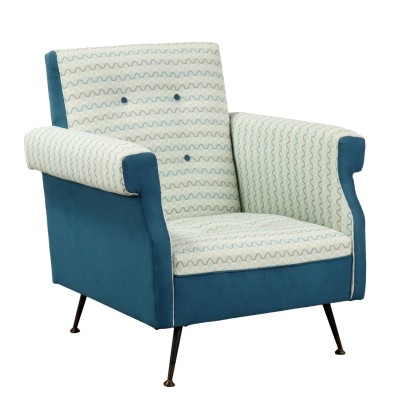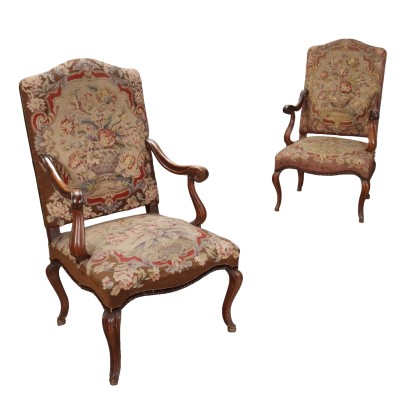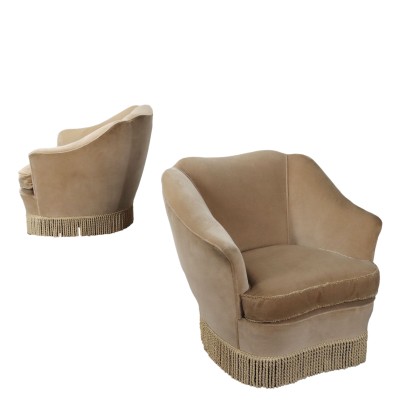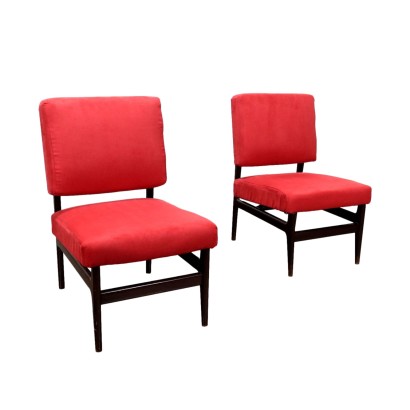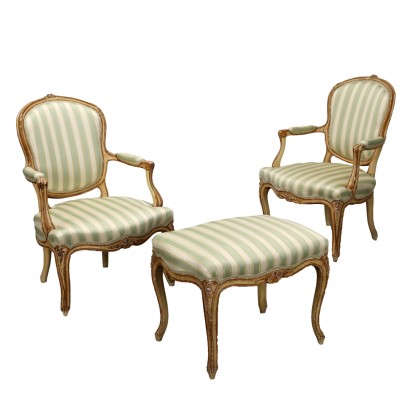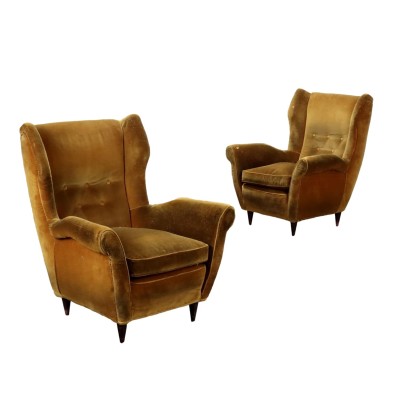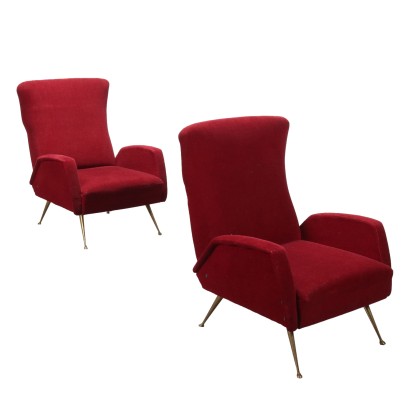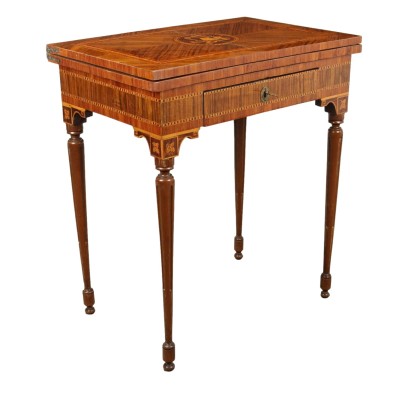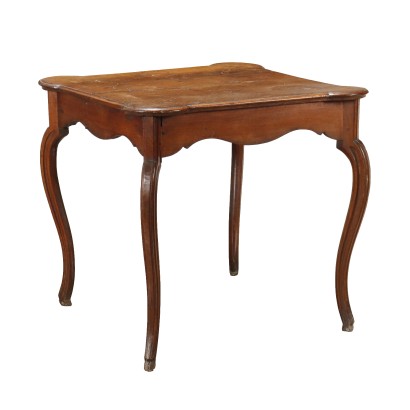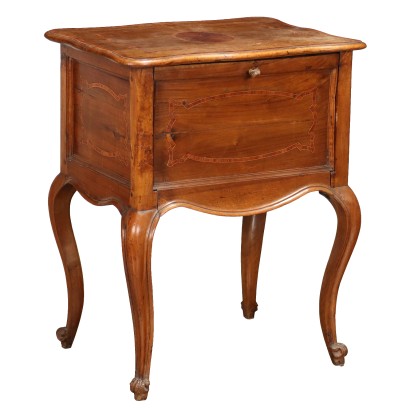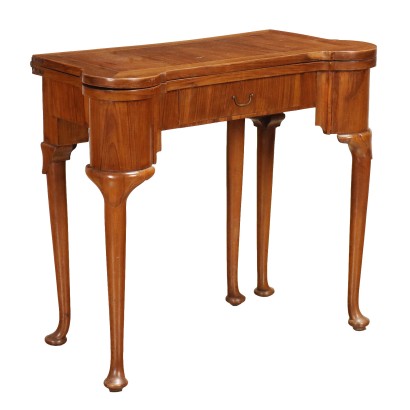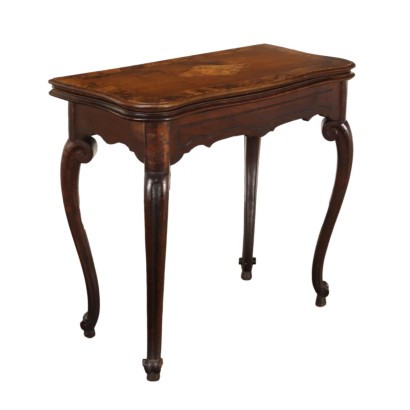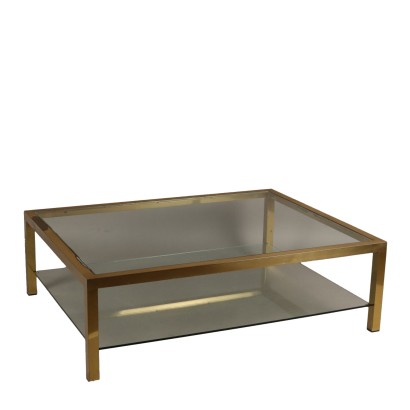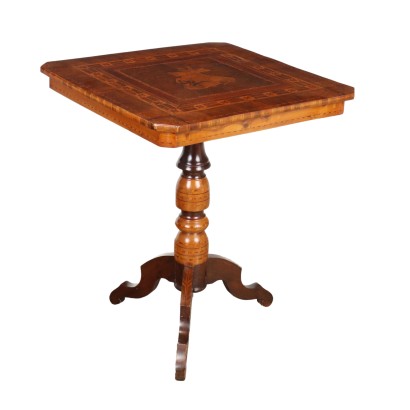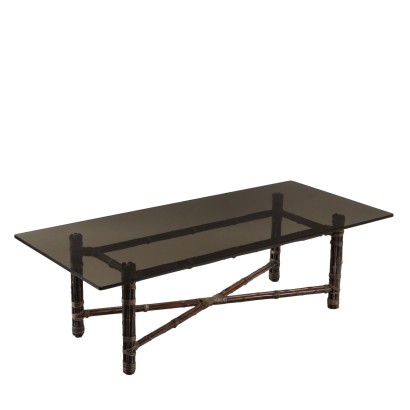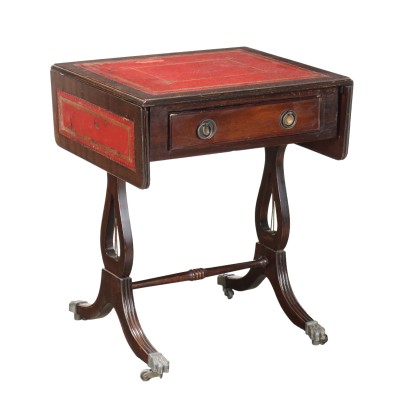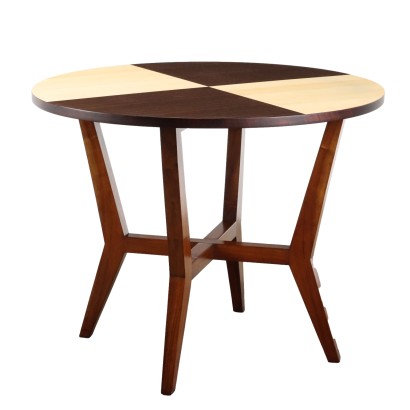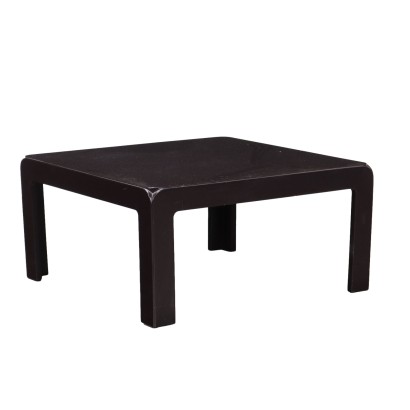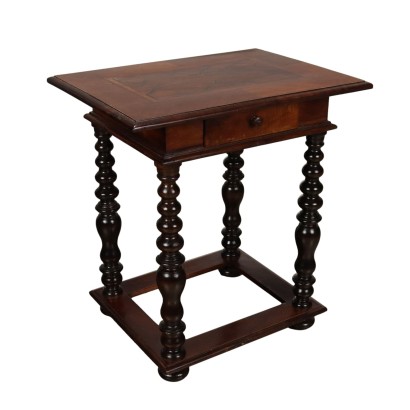Antique Baroque Bench Walnut Italy XVIII Century - Italy, Early XVIII Century
Features
Italy, Early XVIII Century
Age: 18th Century / 1701 - 1800
Origin: Italy
Main essence: Walnut
Description
Baroque walnut bench, composed of backrest, legs and under-top band; seat carved in bas-relief, in the centre of the backrest features the heraldic coat of arms. Italy, early 18th century.
Product Condition:
Product that due to age and wear requires restoration and polishing. We try to present the real condition of the furniture as completely as possible with the photos. If some details are not clear from the photos, what is reported in the description is valid.
Dimensions (cm):
Height: 110
Width: 172
Depth: 52,5
Maximum size (cm):
Height: 110
Width: 172
Depth: 52,5
Additional Information
Age: 18th Century / 1701 - 1800
18th Century / 1701 - 1800Main essence: Walnut
Walnut wood comes from the plant whose botanical name is juglans regia , probably originally from the East but very common in Europe. Light or dark brown in color, it is a hard wood with a beautiful grain, widely used in antique furniture. It was the main essence in Italy throughout the Renaissance and later had a good diffusion in Europe, especially in England, until the advent of mahogany. It was used for solid wood furniture and sometimes carvings and inlays, its only big limitation is that it suffers a lot from woodworm. In France it was widely used more than anything else in the provinces. In the second half of the eighteenth century its use decreased significantly because mahogany and other exotic woods were preferred.Other customers have searched:
Approfondimenti
Dai un'occhiata anche ai nostri approfondimenti sulle panche antiche, sia sul blog che su FineArt:Un mix di stili in una panca del XVIII secolo
Panchetto anni '60
Per saperne di più sulle cassapanche, sbricia i nostri approfondimenti su FineArt:
Un importante cassone italiano del XVI secolo
Un cassone pirografato veneto, di fine XVI
Lussuosi bauli Luis Vuitton del 1925
Sull'antiquariato in generale dai un'occhiata anche a:
Classic Monday: da un pezzo dei nostri magazzini alla storia dell'antiquariato
L'antiquariato dalla A alla Z: il Dizionario dell'Antiquariato
Il dizionario dell'antiquariato - Lastronatura
Il dizionario dell'antiquariato - Mascherone
Il dizionario dell'antiquariato - Natura morta
Il dizionario dell'antiquariato - Opificio
Il dizionario dell'antiquariato - Pastiglia
Il dizionario dell'antiquariato - Savonarola
Il dizionario dell'antiquariato - Rosone
Intaglio barocco con motivo a ricciolo
Product availability
The product can be seen at Cambiago
Immediate availability
Ready for delivery within 2 working days from ordering the product.

